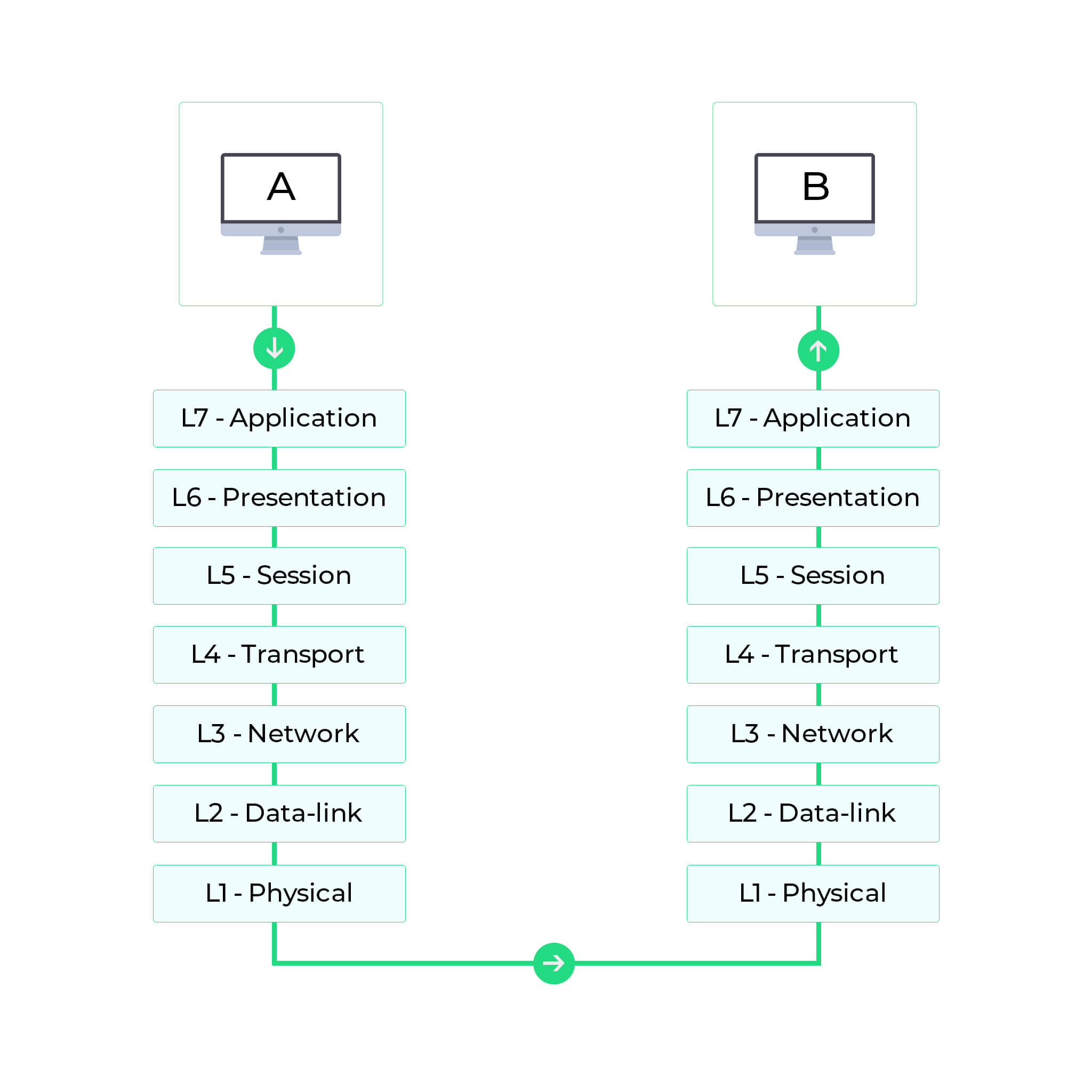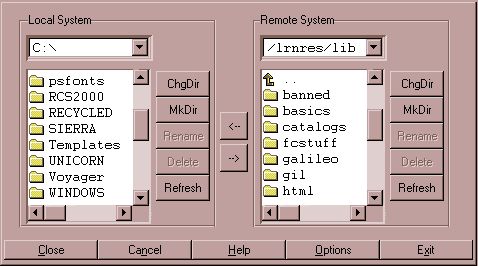Transmission Control Protocol TCP corresponds to the Transport Layer of OSI Model. The communication model of this suite is client-server model.

Network Protocols Types Of Networking Protocols Manageengine Opmanager
TCP Transmission Control Protocol and UDP User Datagram Protocol TCP is among the most widely used protocol using the internet.

. SSL has three sub protocols namely Handshake Protocol Record Protocol and Alert Protocol. File Transfer Protocol FTP 7. Communication protocols include basic data communication tools like TCPIP and HTTP.
12 Types of Internet Protocols and Their Functions. TCPIP is a set of layered protocols used for communication over the Internet. Internet Routing Protocols.
Protocols attach packet headers at different layers of the OSI model. Management protocols maintain and govern the network through protocols such as ICMP and SNMP. IS-IS uses a modified version of the Dijkstra algorithm.
Michaela Goss Site Editor. TCP is focused on stability. File transfer protocol FTP 4.
IPv6 is now coming into use. Hypertext transfer protocol HTTP Internet Protocol 7. Transmission control Protocol TCP 2.
An IS-IS network consists of a range of components including end systems user devices intermediate systems routers areas and domains. Types of Protocols. These include network management protocols network communication protocols and network security protocols.
Packets will be error-checked. When the TCP protocol is used a special connection is opened up between two network devices and the channel remains open. The following are types of protocols which help data packets find their way across the Internet.
Routing Information Protocol RIP RIP is used in both LAN and WAN Networks. The protocol tells the system how to treat the incoming packet. IPv6 uses 16 bits for.
TCPIP stands for Transmission Control ProtocolInternet Protocol. Define the Internet Protocol IP Explain how IP is used to ensure data arrives in the right place. Post office Protocol POP 5.
It also runs on the Application layer of the OSI model. OpenSSL is subject to four remotely exploitable buffer overflow. There are different types of protocol exist like routing mail transfer and remote communication protocol.
Internet Address Protocol IP Address 4. The number 4 identifies the protocol version carried in every IP datagram. The main difference between both is that TCP is a connection-oriented protocol while UDP is a connectionless protocol.
There are three main types of network protocols. They are used in both analog and digital communications and can be used for important processes ranging from transferring files between devices to accessing the internet. Point to point protocol PPP 2.
But the Internet security protocol helps in the security and integrity of data over the internet. Without network protocols the modern internet would cease to exist. Common network protocols and functions are key for communication and connection across the internet.
Serial line internet protocol SLIP 3. Common network protocols including Transmission Control Protocol TCP and Internet Protocol IP enable the exchange of information across the internet and work behind. The full form of RIP is the Routing Information Protocol.
Simple network management. Hyper Text Transfer Protocol HTTP 8. TCP is a two-way conversation.
Simple mail transfer protocol SMTP 6. Simple mail transport Protocol SMTP 6. TCP offers connection oriented end-to-end packet delivery.
There are different types of Protocol such as. Let us now see some of the protocols used by different layers to accomplish user requests. Packets will be instructed and numbered.
Communication protocols allow different network devices to communicate with each other. The dominant internetworking protocol in the Internet Layer in use is IPv4. IPv4 is described in RFC 791 1981.
Every packet on the Internet has an assigned protocol value and ICMP IPPROTO_ICMP or 1 UDP IPPROTO_UDP or 17 and TCP IPPROTO_TCP or 6 each own a code. The Internet Protocol IP is a set of standards for addressing and routing data on the Internet. It allows for just over 4 billion unique addresses.
OpenSSL is an open source implementation of the Secure Socket Layer protocol. The 32-bit IP address system is also known as IPv4. Packets can take different routes to the same place if necessary just.
UDP stands for User Datagram Protocol. Version number 5 was used by the Internet Stream Protocol an experimental streaming protocol that was not adopted. Intermediate System-to-Intermediate System IS-IS is a link-state IP routing protocol and IGPP protocol used on the internet to send IP routing information.
Internet Protocol IPv4 IPv4 is a network layer protocol that contains addressing and control information which helps packets. You can set this value with the SOCK_RAW option in the socket system call. The successor to IPv4 is IPv6.
Transmission Control Protocol TCP Internet Protocol IP User Datagram Protocol UDP Post office Protocol POP Simple mail transport Protocol SMTP File Transfer Protocol FTP Hyper Text Transfer Protocol HTTP Hyper Text. Common types of communication protocols include the following. Both protocols allow network applications to exchange data between nodes.
There are many protocols that exist that help in the security of data over the internet such as Secure Socket Layer SSL Transport Layer Security TLS. TCPIP transmission control protocolinternet protocol TCPIP also known as the internet protocol suite is the set of protocols used over the internet. The protocol value is the last parameter of.
TCP is a reliable and connection oriented protocol. Network layer protocols 1. Internet Protocol IP 3.
Two versions of RIP are.



0 Comments